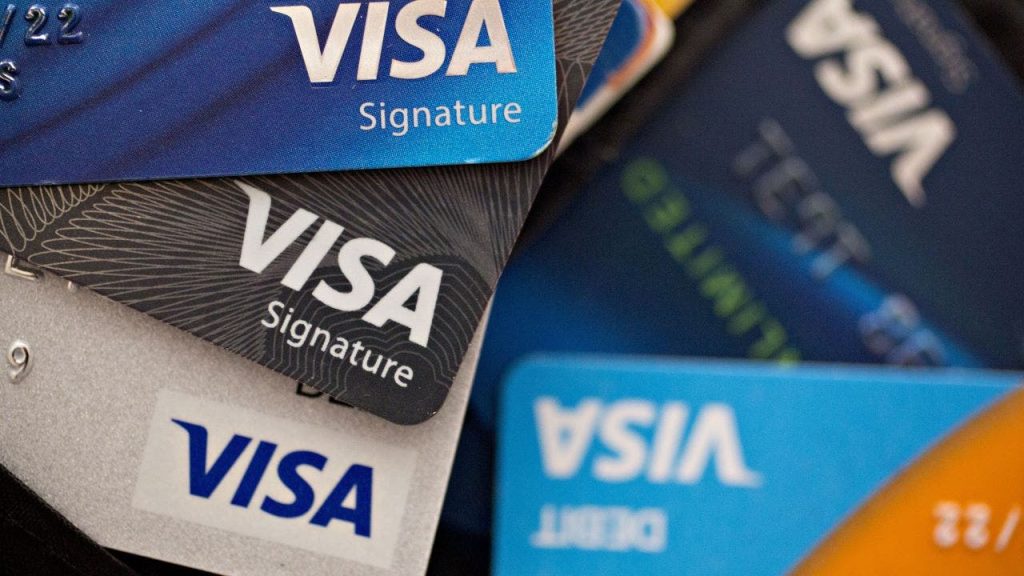Americans are racking up more credit card debt as still-high inflation and steep interest rates continue to make the cost of everyday necessities more expensive.
The New York Federal Reserve Bank’s Quarterly Report on Household Debt and Credit, slated for release on Tuesday morning, is expected to show that credit card debt hit a new record during the three-month period from October through December, smashing a previous high of $1.08 trillion, according to Matt Schulz, chief credit analyst LendingTree.
“I’d be surprised if credit card debt didn’t go up in the fourth quarter, and possibly by a good amount,” Schulz told FOX Business. “Because historically, we’ve seen that the biggest quarterly increases each year has been [in the fourth quarter].”
That would mark a major reversal from just three years ago, when households were rapidly paying off credit card debt with the stimulus payments they received during the COVID-19 pandemic.
THE NUMBER OF HIGH-PAYING JOBS IS DWINDLING
The ongoing inflation crisis is one reason that consumers are increasingly relying on credit cards to pay their bills.
“Holiday spending certainly plays a role, no question about that. But also, life was expensive in 2023, and continues to be in 2024,” Schulz said. “So I’m sure that inflation and rising interest rates are playing a significant role. As prices rise, a lot of people lean on credit cards as a kind of de facto emergency fund.”
While inflation has fallen considerably from a peak of 9.1% notched during June 2022, it remains well above the Federal Reserve’s 2% goal. Additionally, when compared with January 2021, shortly before the inflation crisis began, prices are up a stunning 17.6%.
AMERICANS IN THESE STATES ARE GETTING A PAY RAISE THIS YEAR
High inflation has created severe financial pressures for most U.S. households, which are forced to pay more for everyday necessities like food and rent. Food prices are up 33.7% from the start of 2021, while shelter costs are up 18.7%, according to FOX Business calculations. Energy prices, meanwhile, are up 32.8%.
| Ticker | Security | Last | Change | Change % |
|---|---|---|---|---|
| V | VISA INC. | 277.13 | +3.55 | +1.30% |
| MA | MASTERCARD INC. | 476.83 | +6.74 | +1.43% |
| JPM | JPMORGAN CHASE & CO. | 197.45 | +1.80 | +0.92% |
| BAC | BANK OF AMERICA CORP. | 37.11 | +0.19 | +0.51% |
| DFS | DISCOVER FINANCIAL SERVICES | 125.86 | +0.86 | +0.69% |
The rise in credit card usage and debt is particularly concerning because interest rates are astronomically high right now. The average credit card annual percentage rate, or APR, is at a high of 20.74%, according to a Bankrate database that goes back to 1985. The previous record was 19% in July 1991.
If people are carrying debt to compensate for steeper prices, they could end up paying more for items in the long run. For instance, if someone owes $5,000 in debt – which the average American does – current APR levels would mean it would take about 279 months and $8,124 in interest to pay off the debt making the minimum payments.
Schulz encouraged credit card holders with debt to explore their options, including calling and asking for a lower credit card APR, getting a 0% balance transfer credit card, reassessing their budget in order to better tackle the debt, exploring a high-yield savings account to take advantage of high interest rates and focusing on improving their credit score.
Read the full article here



